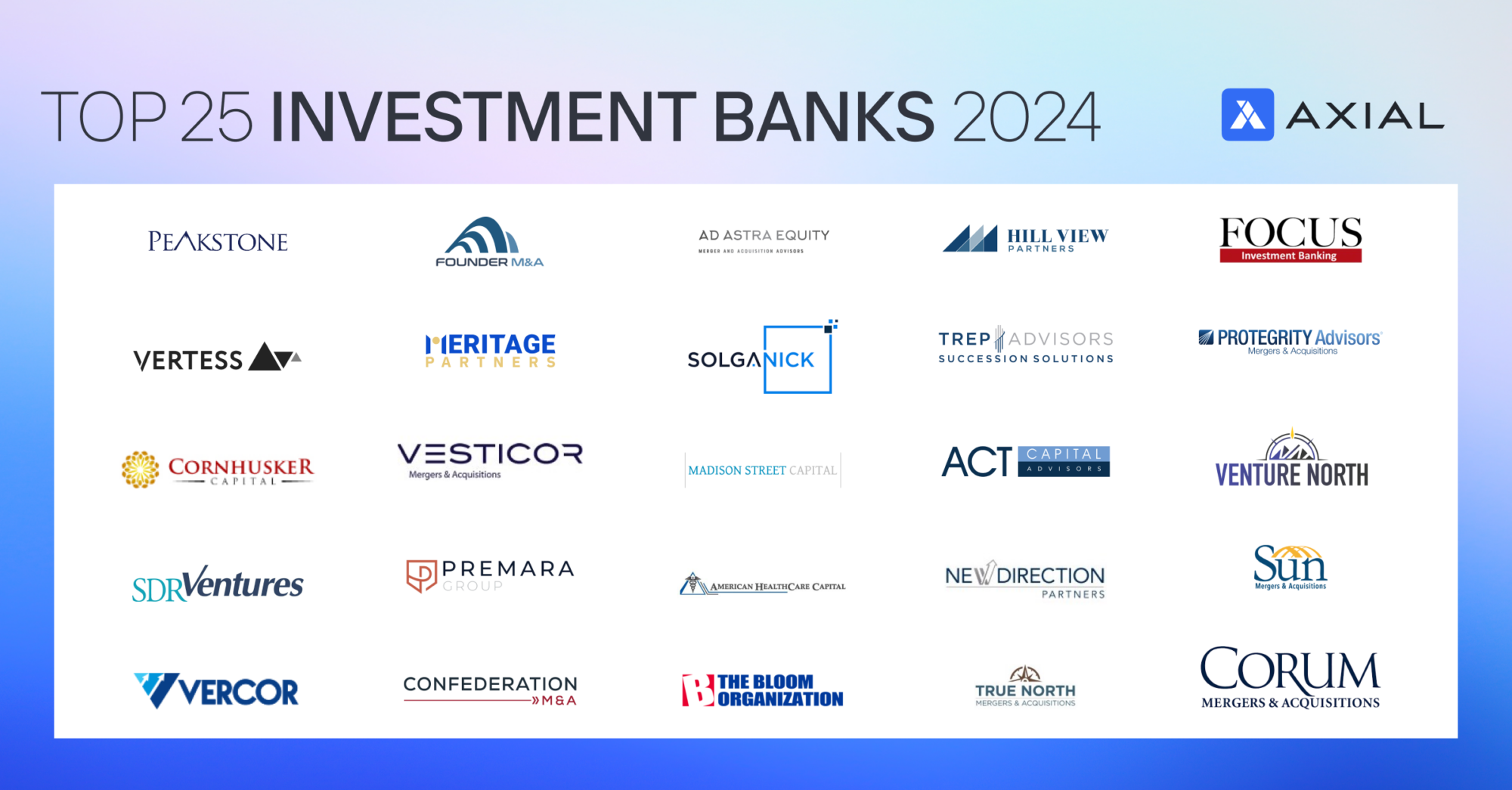
Top 25 Lower Middle Market Investment Banks | 2024
Axial is excited to release our 2024 Lower Middle Market Investment Banking League Tables. To assemble this list, we reviewed…
The relationship between LPs and GPs has changed dramatically over the past decade, particularly accelerating in the past several years. The days of LPs investing in funds with light research into GPs have been replaced with thorough due diligence and extensive questioning.
Below are five factors nearly every LP considers before investing in a fund:
1. Camaraderie of GPs
A major consideration for LPs is the longevity of the firm and how the firm’s team has worked together. LPs do not like a revolving door at the PE firm and want to know that they have worked together consistently and cohesively for many years; even if with a new fund, often the principals will have worked with each other at a prior fund and had success.
2. Acquisition Strategy & Execution
LPs dissect how acquisitions are made – meaning that they do not want to hear that a PE firm purchased six different platform companies in frenzied large auctions (unless they had a great angle on the industry). LPs want to see that PE firms have a business development partner – pretty much full time – and that the firm uses buyside investment bankers, senior operators who are well networked into a certain industry, frequent smaller investment banks, and perhaps partner with a CEO who will have a great network and bring opportunities to the table.
3. Fund Track Record
LPs also want to see the track record of the fund and, with that, they want to see if the fund built value and had a good exit. More and more, LPs expect to see a graphic “bridge” as to how EBITDA value was built with a careful explanation. They don’t necessarily get excited if an “outlier” came along and paid three times more of EBITDA than anyone would have expected. They really want to see a methodical build. Also, cash-on-cash returns are critical as to the track record of the fund.
4. Communication
LPs are very concerned with how PE firms value their existing portfolio companies and examine that very closely. They want more and more communication between GPs and LPs; today many LPs are expecting to have communication on a monthly basis, if not even more frequent. This, of course, consumes a lot of time for the PE firm, but it is critical. Analogous to compliance regulations that have blossomed in the past few years and the compliance aspect of any PE firm is critical.
5. Management Fees
Management fees are still a big focus for LPs, and they tend to have the upper hand in negotiation. The 2% asset management fee and the 20% carry is still fairly usual unless an LP puts in a very large capital commitment and expects to have the 2% fee reduced. Any such reductions, however, must be disclosed to other LPs and that can be an issue.
Also, other than portfolio company management fees, LPs feel that all transaction fees, refinancing fees, and disposition fees that the typical PE firm would charge to the LPs should now be offset against the 2% fee. LPs also want to participate in co-investment opportunities where the equity need surpasses the capital call; co-investments are very much in demand as LPs do not pay the 2% asset management fee or the 20% carry on many of these co-investments. Now, to be sure the co-investment opportunities may be limited to larger investments from LPs, but it has become in the normal course with PE firms.
LPs tend to have the upper hand in examining PE firms today — radically changed from ten years ago. This change — particularly in terms of management fees — has made it difficult for smaller firms to keep their top principals in a salaried and carry position that is popular.